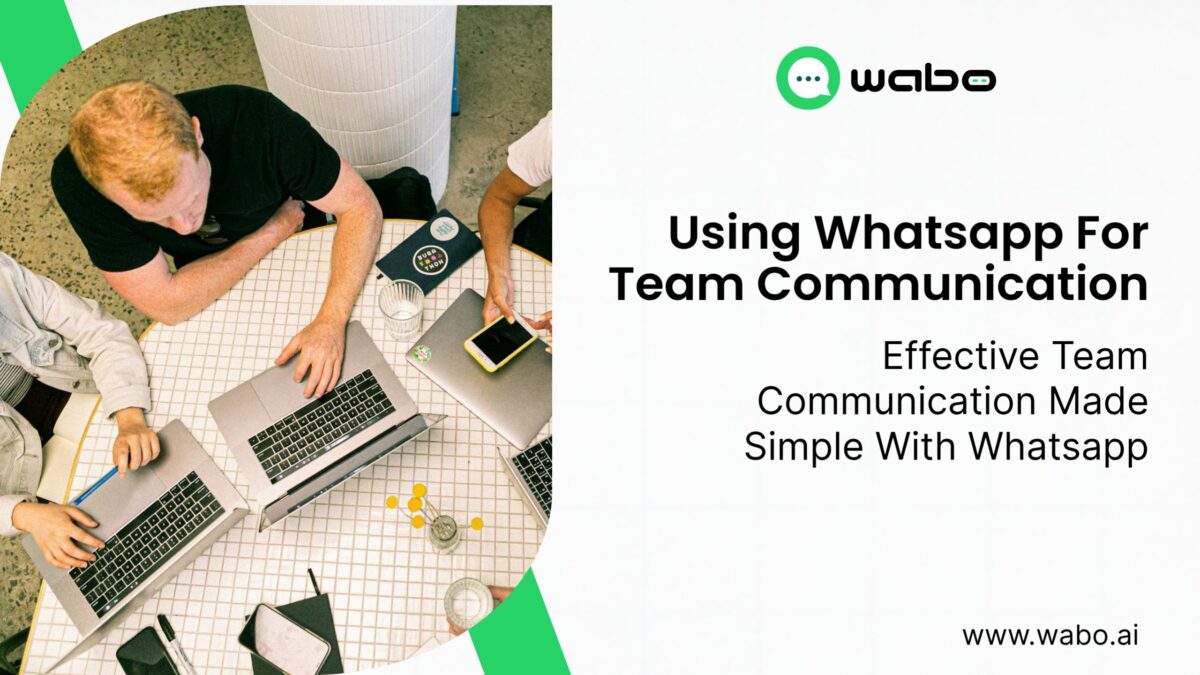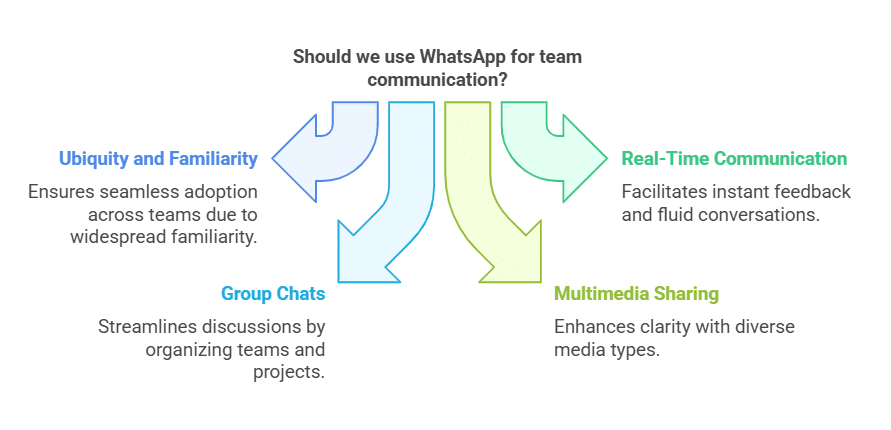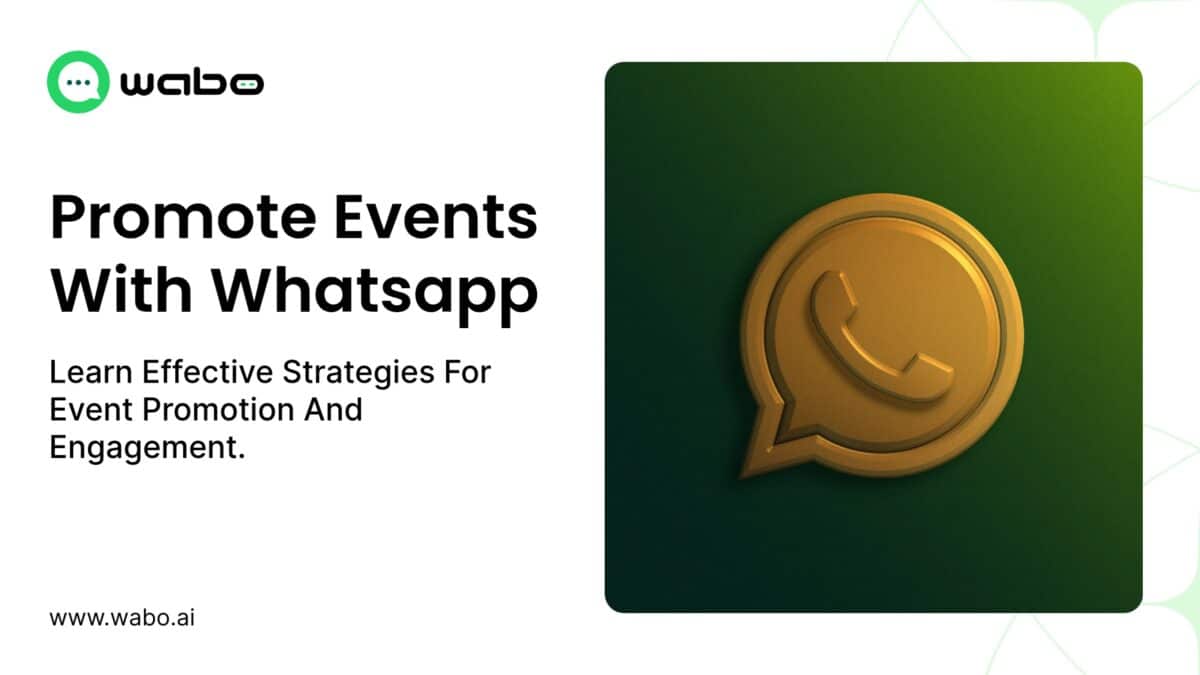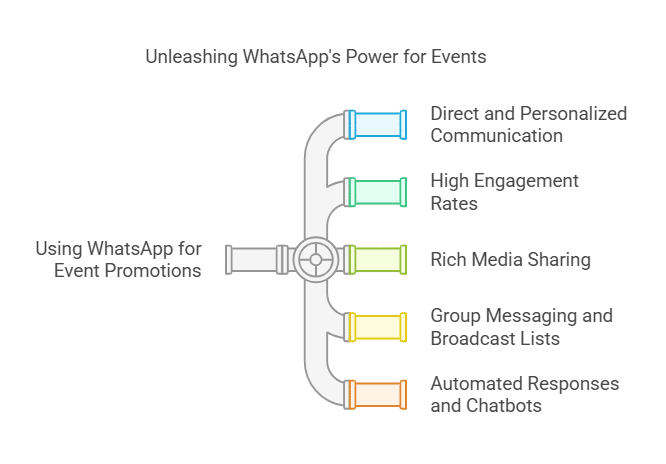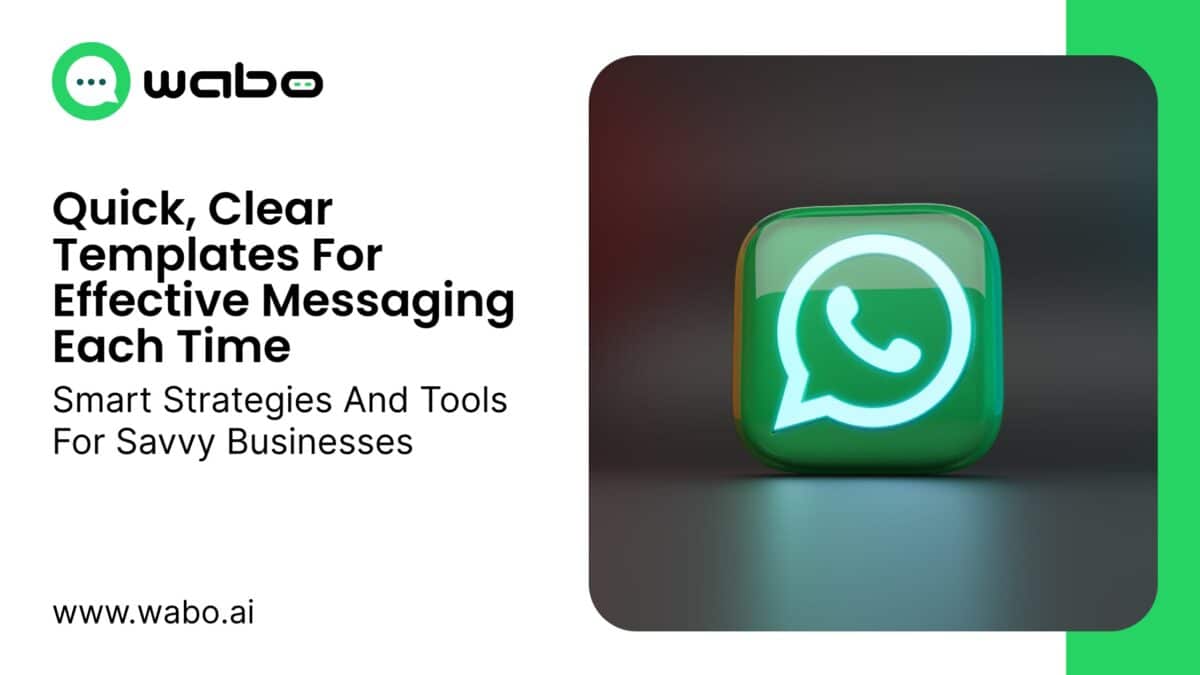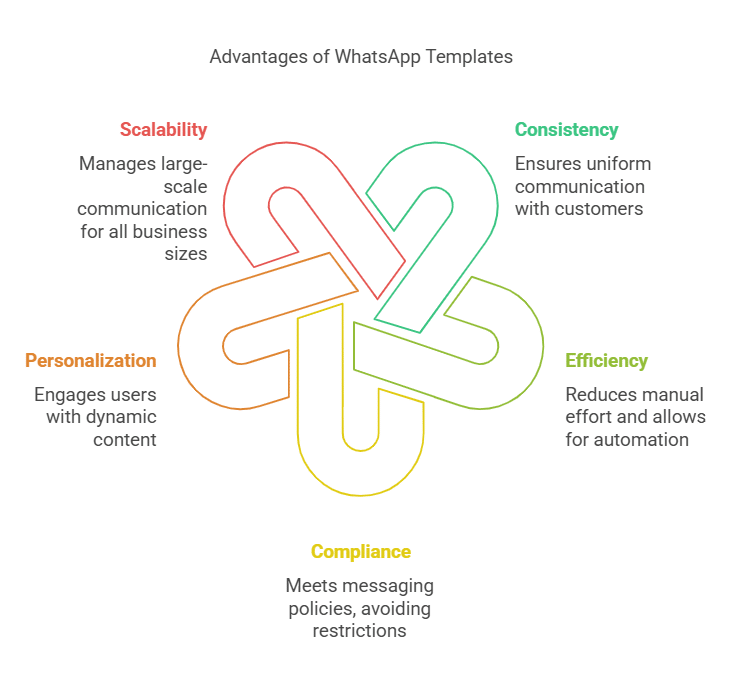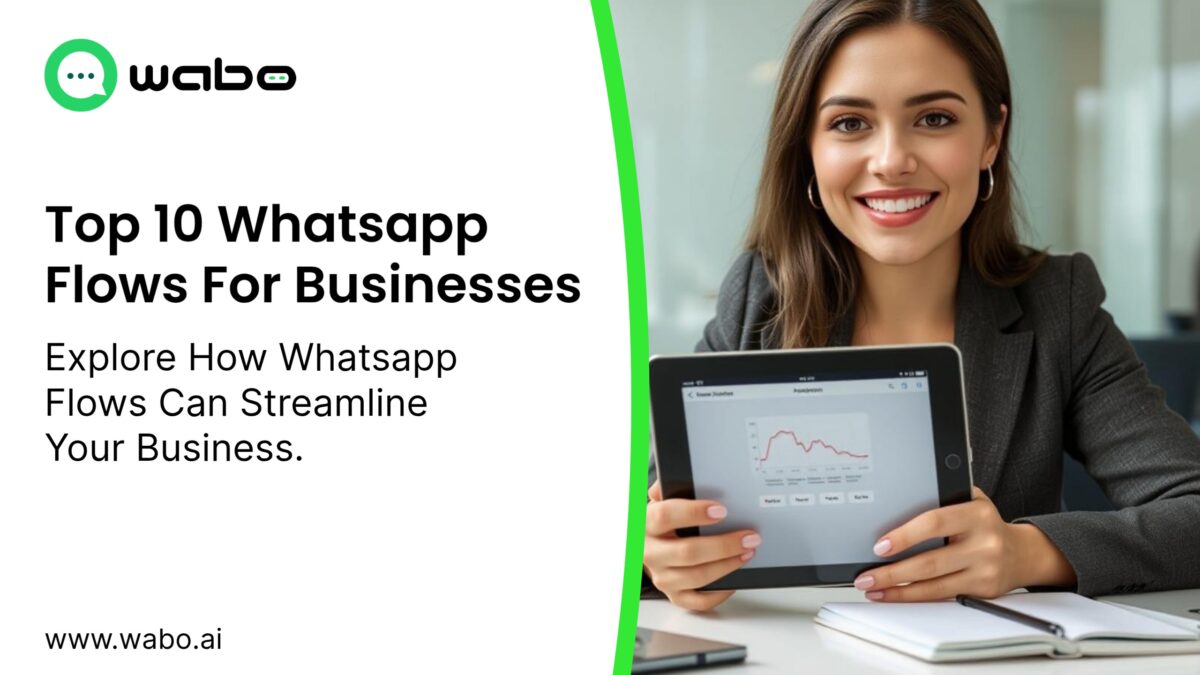
In today’s digital landscape, businesses are increasingly looking for efficient ways to streamline their operations, enhance customer experiences, and improve engagement. One of the most powerful tools for achieving this is WhatsApp Flows, an advanced feature that enables businesses to create automated workflows that guide customers through a seamless customer journey. By integrating WhatsApp Flows Use Cases into their business communication, companies can improve efficiency, reduce manual tasks, and enhance customer satisfaction.
In this blog, we’ll explore the top 10 use cases of WhatsApp Flows for business automation, providing insights into how different industries can leverage this feature to optimize their operations, along with practical examples of real-world applications.
1. Automated Lead Qualification & Nurturing
Generating leads is one thing, but qualifying and nurturing them effectively is another challenge. WhatsApp Flows can automate this process by:
- Collecting basic information (name, email, preferences) via interactive messages.
- Segmenting leads based on responses and directing them to relevant teams.
- Sending personalized follow-up messages with product details, case studies, or offers.
- Automating lead scoring to identify high-value prospects.
Example: A real estate agency can use WhatsApp Flows to interact with potential buyers by asking about their budget, preferred location, and property type. Based on their responses, the system can automatically assign them to the appropriate agent for follow-up, streamlining the sales process.
2. Seamless Customer Onboarding
First impressions matter, and a smooth onboarding experience can set the tone for long-term customer relationships. Automated workflows on WhatsApp can:
- Guide users through account registration and verification.
- Provide an interactive step-by-step tutorial on how to use a service.
- Send personalized greetings and onboarding tips.
- Offer immediate customer support via chatbot integration.
Example: A fintech company can use WhatsApp Flows to help new users activate their accounts, link bank details, and complete KYC verification in a few simple steps, reducing the need for manual intervention.
3. Order Placement & Tracking
Businesses in e-commerce, retail, and food delivery can streamline the customer journey by enabling WhatsApp Flows for:
- Instant order placement with product catalogues.
- Real-time order tracking with automated status updates.
- Personalized recommendations based on past purchases.
- Quick reordering options with a single tap.
Example: A restaurant chain can allow customers to place food orders via WhatsApp, track delivery status in real-time, and receive automated updates when their meal is prepared and out for delivery.
4. Appointment Scheduling & Reminders
For businesses in healthcare, salons, and professional services, WhatsApp Flows can automate workflows to:
- Allow customers to book appointments through interactive options.
- Send automated reminders to reduce no-shows.
- Reschedule appointments effortlessly with pre-defined choices.
- Share necessary documents or preparation steps before an appointment.
Example: A dental clinic can enable WhatsApp Flows to allow patients to book their dental check-ups, receive appointment confirmations, and get automated reminders before their visit, reducing missed appointments.
5. Automated Customer Support & FAQs
Handling repetitive customer queries manually can be time-consuming. WhatsApp Flows can improve business communication by:
- Automating responses to frequently asked questions.
- Directing customers to relevant self-help articles or tutorials.
- Escalating complex queries to human support agents only when necessary.
- Providing real-time troubleshooting guidance for products or services.
Example: A telecom company can use WhatsApp Flows to handle customer inquiries about billing, data plans, and network issues without needing human intervention unless necessary.
6. Loyalty Programs & Customer Retention
Building customer loyalty is crucial for long-term business success. WhatsApp Flows can help brands manage loyalty programs by:
- Automating point accumulation and reward distribution.
- Sending reminders about unused rewards or upcoming offers.
- Allowing customers to redeem points seamlessly.
- Gathering feedback to enhance the program.
Example: A beauty brand can use WhatsApp Flows to send loyalty program members exclusive discounts, notify them of upcoming product launches, and offer birthday rewards.
7. Event Registration & Management
Hosting events or webinars? WhatsApp Flows can streamline event-related business communication by:
- Automating event registrations with quick form submissions.
- Sending confirmation messages and event details.
- Providing real-time reminders and venue navigation.
- Collecting attendee feedback post-event.
Example: A business coaching firm can use WhatsApp Flows to handle seminar sign-ups, share event schedules, and send automated follow-up surveys after the event.
8. HR & Employee Engagement
Internal communication is just as important as customer communication. HR teams can leverage WhatsApp Flows for:
- New employee onboarding and training.
- Attendance tracking and leave applications.
- Internal announcements and policy updates.
- Employee feedback collection.
Example: A corporate HR department can use WhatsApp Flows to automate leave applications, allowing employees to request and receive approvals through WhatsApp, reducing administrative burden.
9. Personalized Marketing & Promotions
WhatsApp is a great platform for targeted marketing. Businesses can use automated workflows to:
- Send personalized promotional messages based on customer preferences.
- Offer exclusive deals and discounts to high-value customers.
- Conduct automated upselling and cross-selling campaigns.
- Track engagement and optimize campaigns accordingly.
Example: A travel agency can send personalized holiday package recommendations based on customers’ previous bookings and preferences.
10. Automated Feedback Collection & Surveys
Understanding customer sentiment is key to business growth. WhatsApp Flows can help collect insights by:
- Sending automated feedback requests after interactions.
- Running quick surveys to gauge customer satisfaction.
- Collecting reviews and testimonials for marketing purposes.
- Providing incentives for survey participation.
Example: A hotel chain can use WhatsApp Flows to collect post-stay feedback, helping improve services and enhance customer retention.
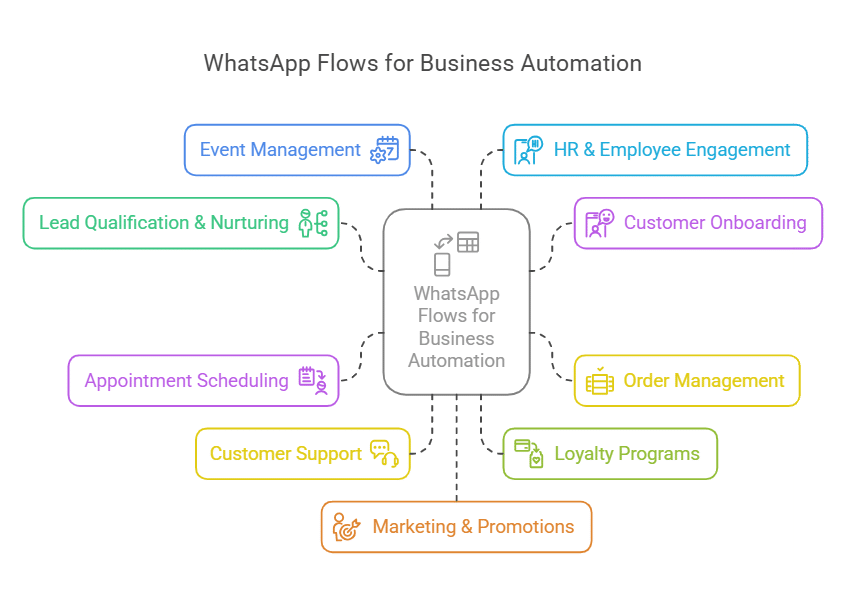
Conclusion
WhatsApp Flows Use Cases are transforming the way businesses operate by automating workflows, enhancing business communication, and optimizing the customer journey. From lead nurturing to order tracking, customer support, and employee engagement, these automated solutions can improve efficiency, boost customer satisfaction, and drive business growth.
By leveraging WhatsApp Flows, businesses can stay ahead of the competition while ensuring seamless, personalized interactions with their customers. Ready to integrate WhatsApp Flows into your business? Get started today and unlock a world of automation possibilities.


